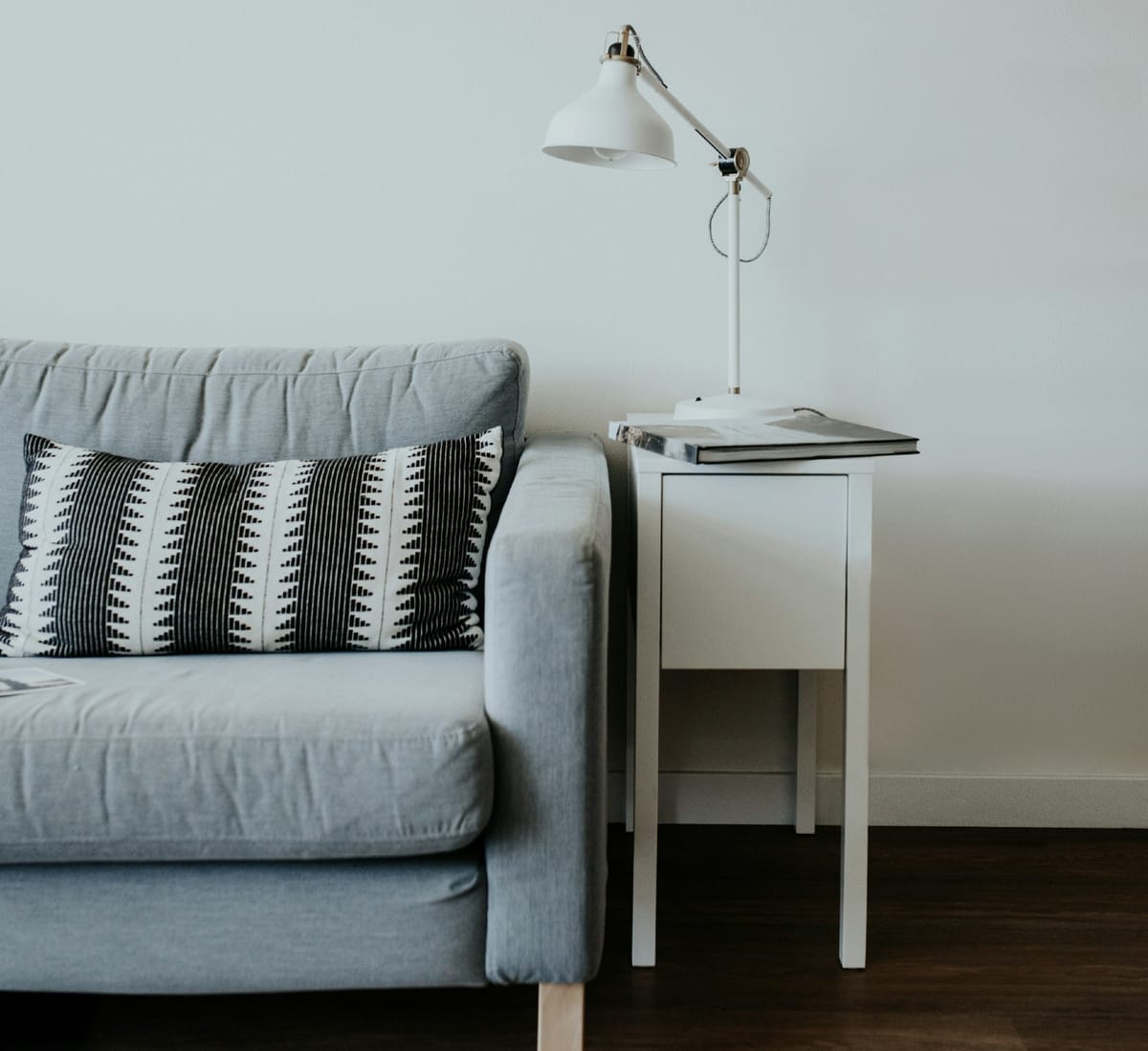Creating an Accessible Therapy Space: Tips and Essential Tools for Therapists and Their Clients

When it comes to being a therapy client, I consider myself a "pro." What that means to me:
- I have a long history of complex trauma.
- I have ongoing mental health challenges.
- I’ve had the privilege of having financial and geographical access to therapy throughout my life.
In this post, I’ll focus on the therapy space and offer recommendations for tools that therapists can keep on hand for clients during sessions.
The Therapy Space
I’ve been in many therapy spaces, and they usually look similar. You’ll typically find:
- comfortable seating
- a table
- tissue boxes
- a small trash can
- plants
- something I call "office art" (often generic pieces you might see at HomeGoods or Homesense)
- clock
- occasionally, a desk, bookshelf, or lamp
What you usually won’t see are personalized items reflecting your therapist’s personal life—and that’s a good thing. Therapy should be about YOU.
While office design is important, I’ve noticed there are some key considerations that therapists often overlook. There are certain items that would be helpful to include, and if I were a therapist, I’d definitely consider the following as part of my practice:
Accessibility Considerations
- Elevator/Ramps: Offering an option besides stairs is essential. If that’s not possible, make sure to clearly mention it on your website, contact page, or when you first intake prospective clients.
- Seating Options: It’s ideal to provide different seating options for accessibility reasons. Consider having pillows for comfort and back support. As someone with chronic pain, I appreciate having options available from the very first session. It can be intimidating to ask for what you need, especially in those early sessions with a new therapist.
- Floor Mats: It’s helpful to have the option to sit or lie on the floor—whether with cushions, yoga mats, or floor mats.
- Tables: Ensure there’s a table within easy reach where clients can place drinks or other items. It can be challenging to reach down to the floor to put down/pick items.
- Hooks/Hangers: This should be a given but.... A place to hang coats or jackets is practical and often overlooked.
- Lighting: Personally, I’m very sensitive to lighting, and poor lighting can make me feel unsafe and lighting that is too bright can lead to de-realization. Ask your clients what they prefer and offer options. Some may prefer bright overhead light, while others might appreciate softer lighting from a lamp.
- Quiet Room: While this is more of a “wish list” item, I think all clinics could benefit from having a separate space where clients can decompress after a challenging session. A quiet room would be a great place for clients to continue grounding and regulating on their own privately instead of sitting in the waiting room, especially after a particularly tough session.
- Community Board: Have a board in the waiting room to let people know what others resources are available to them in their community outside of the therapist's office. Ideas to include - local peer support groups, bereavement programs, art workshops, places to find queer community and resources. Clients don't always have the bandwidth to look for these opportunities, and often aren't even aware of what is available to them. Make sure to include programs and resources that are free as well. If wall space is at a premium in your office, think about including a community resource section on your website. Try to keep the information in these spaces as up to date as possible.
Supplies for Sessions
- Ice Packs: For many of us with complex PTSD or dissociative disorders, ice can be grounding. Ice, especially when applied to the neck and upper chest, activates the parasympathetic nervous system, slowing heart rate and breathing (I like using it on my wrists). The cold sensation helps bring us back to the present. If ice isn’t possible, cold bottles of water can serve as an alternative.
- Candy: Strong mints, cinnamon hearts, sour candy (there are sugar-free options too) can help with panic attacks, anxiety, and dissociation. The intense taste is great for distraction and interrupting intrusive thoughts. I use them to focus when my mind is racing. Gum or basic hard candy can work in a pinch.
- Fidgets: These are popular for a reason. Having something to do with my hands during therapy helps me feel more grounded. I enjoy fidgets that spin or change shape, pressure rings, and items to squeeze. Having a selection available during sessions can be really helpful. Bring out a basket and let your client choose. I once had a therapist who kept a small ball for us to toss or roll back and forth to help with grounding or even just to keep us focused during discussions.
- Drawing/Writing Materials: You don’t need to be an artist or an art therapist to provide basic supplies like paper, pens, markers, and crayons. When it’s hard to express myself verbally, having a place to write or draw can help me communicate. Some younger parts of me don’t always have the words, but I can often tell a story through pictures.
- Soft & Cuddly Items: Blankets, pillows, and stuffed animals. There are times when we just need something comforting to hold.
Ultimately, creating a thoughtful, accessible space and having the right tools on hand can make a big difference in a client’s experience. Whether you’re a therapist or a client, it’s important to communicate and consider these needs from the very first session. If you’re a client, don’t be afraid to ask for what you need. And if you’re a therapist, I encourage you to think about how small changes can make a world of difference.




